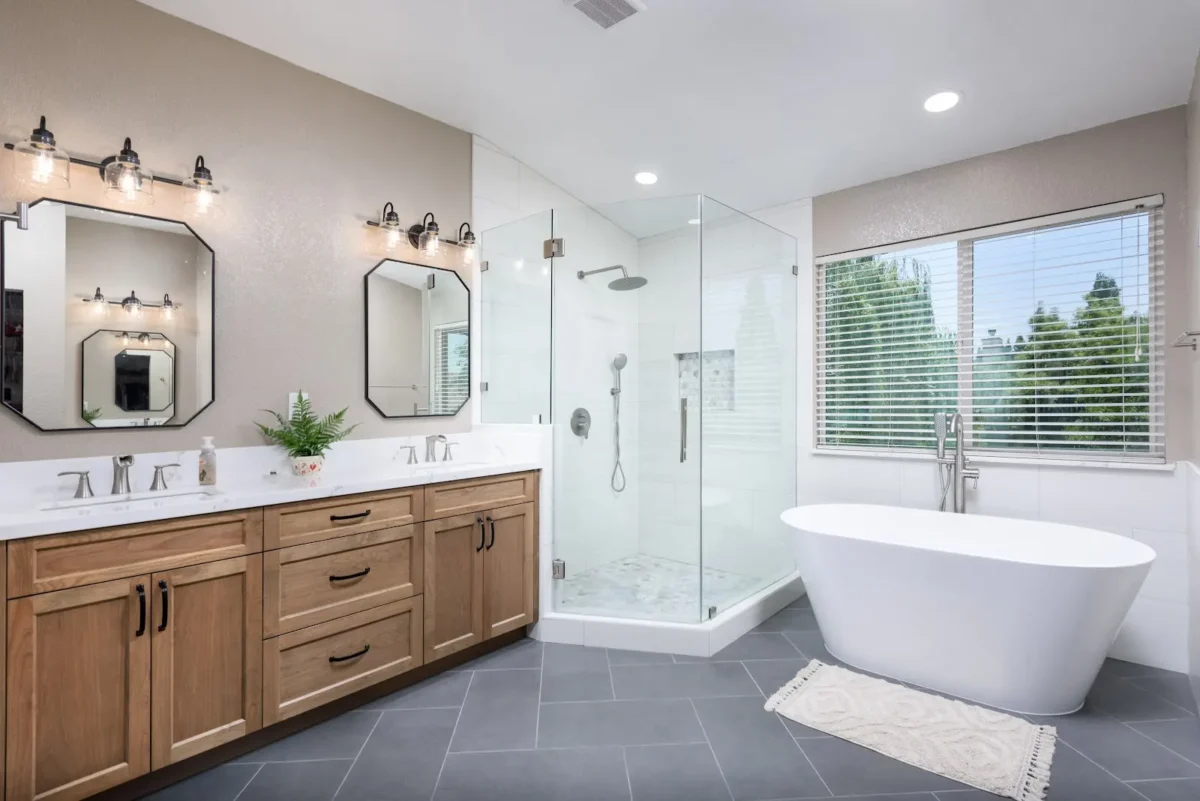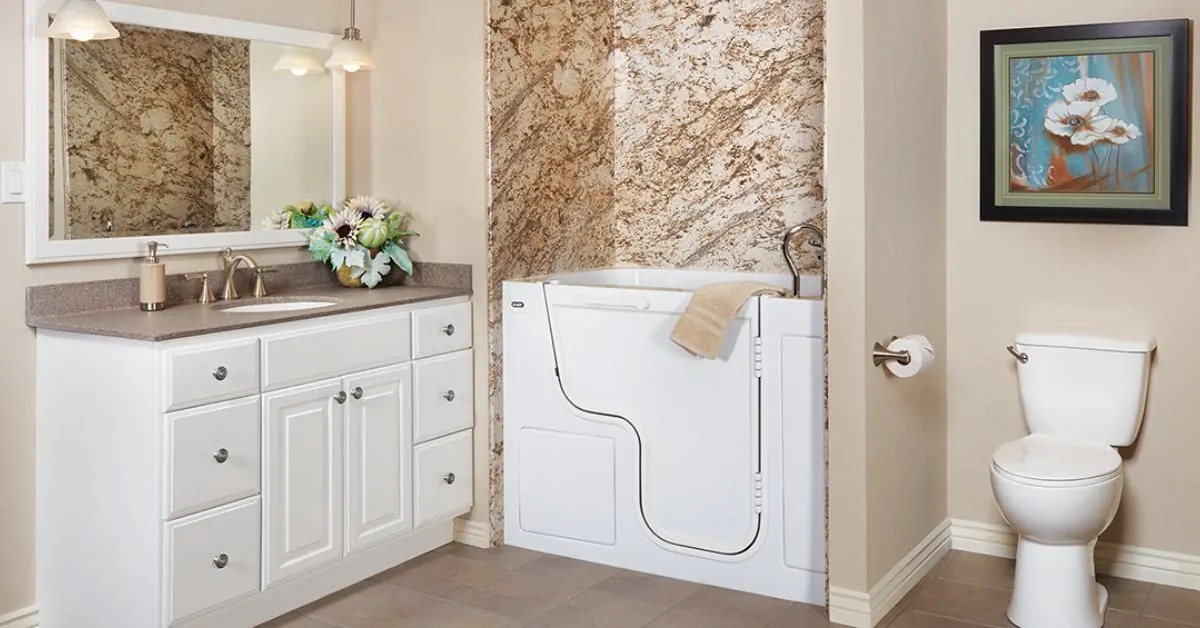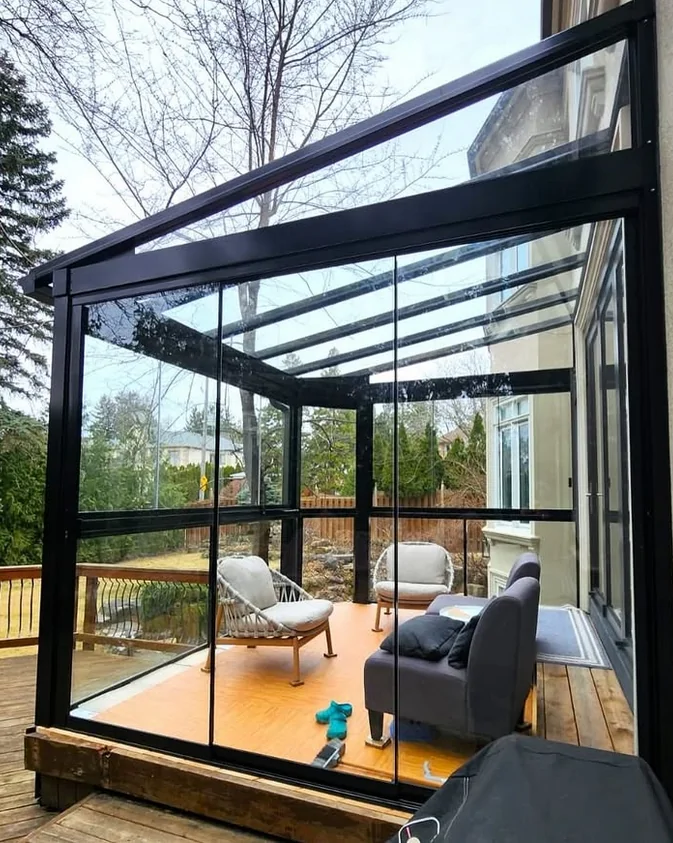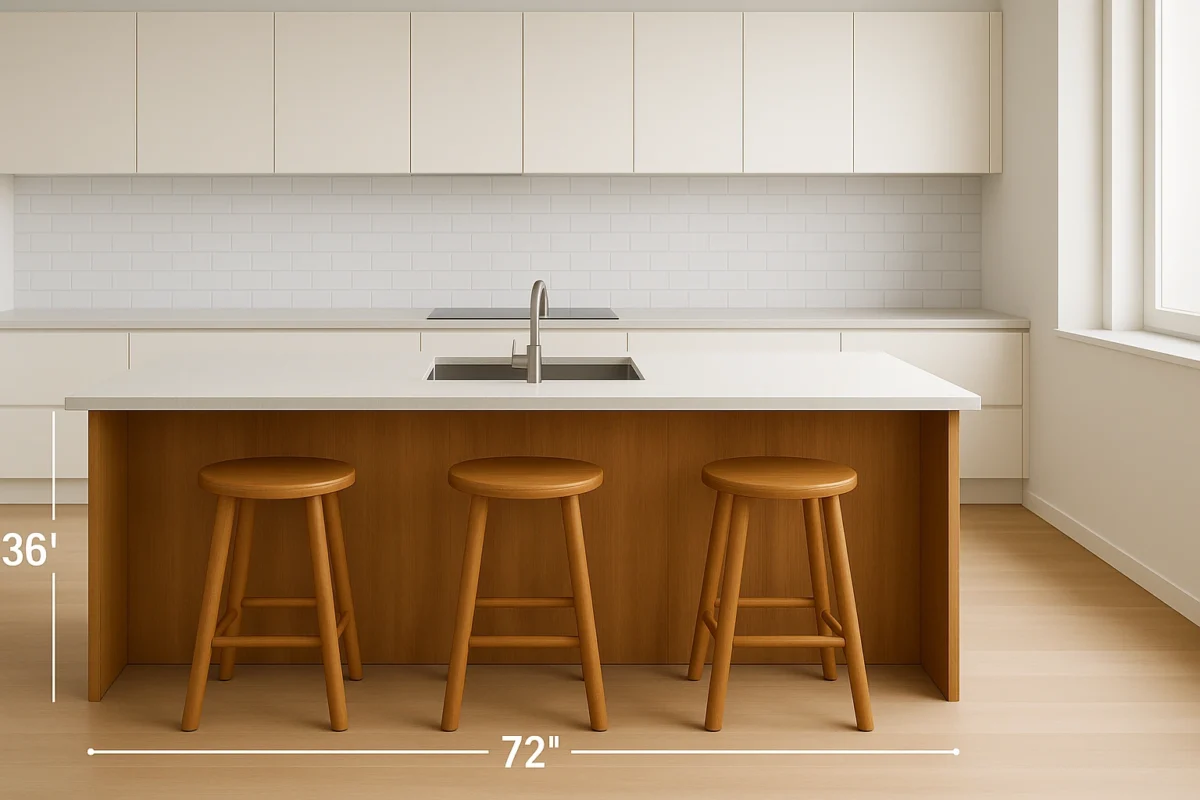Remodeling a bathroom with a window in the shower presents unique challenges and opportunities for homeowners. While windows provide natural light and ventilation, they require specialized planning and professional installation to prevent moisture problems. How to remodel a bathroom with a window in the shower begins with understanding that properly waterproofing a shower window can significantly impact your bathroom renovation budget.
When properly integrated into bathroom designs, shower windows offer exceptional benefits. They create a sense of spaciousness while providing ventilation that reduces humidity and prevents mold growth. However, they also introduce potential points of water infiltration that require expert handling. Modern bathroom renovations increasingly incorporate shower windows as homeowners recognize their aesthetic and functional value.
Natural light transforms bathroom spaces, creating a more inviting and spacious environment. This illumination enhances colors, reduces the need for artificial lighting, and connects with the outdoors. However, achieving these benefits requires sophisticated waterproofing systems. When planning to remodel a bathroom with a window in the shower, waterproofing represents a crucial investment that cannot be compromised.
Effective waterproofing involves multiple layers of protection, including the proper integration of flashing with wall systems, water-resistant window frames and casings, specialized drainage patterns around window openings, and the use of moisture-resistant sealants and membranes.
Professional installation creates the difference between a shower window that enhances a bathroom and one that becomes a source of constant problems. Certified contractors understand the building science behind moisture management and employ specialized techniques unavailable to casual installers. They recognize that moisture intrusion through improperly installed windows can damage structural elements, promote mold growth, and necessitate extensive repairs.
Industry statistics reveal that water damage from improper bathroom installations ranks among the most expensive home repair categories. When considering remodeling a bathroom with a window in the shower, remember that the most significant expense frequently stems from repairing water damage that could have been prevented through proper installation.
Before modifying or installing a window in a shower area, homeowners must evaluate several critical factors. These assessments influence material selection, installation methods, and budget requirements. Understanding these considerations helps create realistic expectations and project parameters.
A thorough assessment of existing windows reveals hidden problems that may complicate the renovation. Professionals examine window frame condition and material composition, surrounding wall structure integrity, signs of previous water infiltration or mold growth, existing waterproofing systems and their effectiveness, and ventilation patterns and condensation control.
Understanding how to remodel a bathroom with a window in the shower requires identifying structural issues early to prevent unexpected costs during shower window projects. Water damage indicators, such as discolored drywall, warped frames, or musty odors, signal potential problems that require remediation before new installations proceed.
Establishing realistic budgets requires understanding where costs typically accumulate in shower window projects. The primary expenses are the premium waterproofing materials, moisture-resistant window units, and professional labor. In shower window installations, waterproofing systems and specialized windows represent the most significant investments.
A typical cost breakdown for shower window installations includes a professional-grade window unit (25-30%), waterproofing systems and materials (20-25%), professional installation labor (35-40%), and finishing materials and details (10-15%). Properly allocating funds ensures quality results without unexpected financial surprises. Investments in premium waterproofing and professional installation typically reduce long-term maintenance costs and prevent expensive repairs.
Strategic window placement has a significant impact on both functionality and aesthetics in shower installations. Professional designers consider multiple factors when determining optimal positioning for shower windows.
Window height is crucial in striking a balance between privacy requirements and natural light benefits. Professional installers typically position shower windows at least 60 inches from the floor to maintain privacy while admitting abundant light. This placement creates an ideal balance that protects privacy while maximizing natural illumination.
Corner placements often maximize light while minimizing water exposure. When windows face east or south, they capture morning light that energizes bathroom spaces. Western exposures provide evening illumination but may introduce heat management challenges. When researching how to remodel a bathroom with a window in the shower, understanding optimal window positioning helps maximize the return on your bathroom renovation investment.
Window dimensions significantly impact both aesthetics and functionality in shower installations. Properly sized windows maintain visual harmony while providing adequate ventilation and light. Industry standards recommend that shower windows occupy 8-15% of the wall area to achieve optimal lighting without compromising structural integrity or creating overwhelming maintenance challenges.
The proximity between window size and shower dimensions affects visual appeal and practical performance. Windows that appear too small create visual imbalance, while oversized windows may introduce excessive light, temperature fluctuations, or maintenance difficulties. Professional designers apply established proportional guidelines to ensure shower windows enhance rather than detract from bathroom spaces.
Effective moisture management extends beyond waterproofing to include comprehensive ventilation strategies. Shower windows contribute significantly to bathroom air quality when integrated with complementary ventilation systems. Together, these elements prevent humidity buildup, which leads to mold, mildew, and the deterioration of bathroom surfaces.
Combining operable shower windows with strategically placed exhaust fans creates superior ventilation that quickly removes moisture. Modern bathroom ventilation systems coordinate fan operation with humidity sensors to maintain optimal air quality while minimizing energy waste. This integrated approach prevents condensation and dampness, which accelerate the deterioration of bathroom finishes.
Professionals recommend ventilation systems with sufficient capacity to exchange bathroom air 8-10 times per hour. When remodeling a bathroom with a window in the shower, prioritize long-term performance over initial cost. Multi-speed fans with humidity sensors provide automated protection against excessive moisture accumulation.
Temperature differentials between shower environments and window surfaces often cause condensation, which can threaten window longevity. Professional installations incorporate several techniques to mitigate this challenge. Double or triple-glazed windows with thermal breaks minimize temperature transfer across window surfaces, reducing condensation formation.
Strategic airflow patterns direct warm, moist air away from window surfaces toward exhaust points, thereby reducing condensation. This circulation prevents moisture accumulation on glass and frame components. Additionally, specialized coatings on glass surfaces avoid droplet water formation, helping windows remain clear and functional year-round, even in challenging bathroom conditions.
Shower windows offer significant opportunities for design expression while fulfilling practical functions. Thoughtful integration of window elements with overall bathroom aesthetics creates cohesive spaces that enhance property value and user satisfaction.
Window surrounds provide critical transitions between window units and adjacent shower surfaces. Material selection impacts both water resistance and visual appeal. Premium surrounds feature materials that withstand continuous exposure to moisture while complementing various bathroom design themes.
Surrounds typically require materials with superior water resistance, thermal stability, and minimal maintenance requirements.
Tile installations around shower windows require specialized techniques that maintain waterproof integrity while creating seamless transitions. Professional installers create slight outward slopes on horizontal surfaces to direct water away from window joints. They incorporate waterproof membranes beneath decorative surfaces to prevent moisture penetration into underlying structures.
Natural stone applications demand additional sealing protocols to prevent water absorption through porous surfaces. Fabricators often incorporate mitered edges and minimal grout lines to reduce maintenance requirements while enhancing aesthetic appeal. Solid surface materials offer seamless integration possibilities that eliminate vulnerable joints around window perimeters.
Shower windows naturally attract visual attention, making them ideal focal points for design expression. Professional designers enhance these opportunities through thoughtful material selection, architectural details, and lighting placement. Accent tiles, decorative glass panels, or architectural moldings transform utilitarian openings into distinctive design features.
Window niches and surrounds provide opportunities for design continuity or purposeful contrast with surrounding shower surfaces.
Professional shower window installations follow systematic processes that minimize disruption while ensuring quality results. Understanding these procedures helps homeowners prepare effectively and maintain realistic expectations throughout renovation projects.
Professional renovations begin with comprehensive consultations to establish project parameters, design preferences, and budget constraints. Contractors then develop detailed specifications, secure necessary permits, and order specialized materials. This preparatory phase typically takes 2-4 weeks for standard projects.
Implementation follows a carefully sequenced set of steps: protecting adjacent areas, removing existing materials, preparing the opening, installing waterproofing systems, setting the window unit, integrating flashing, applying water-resistant surrounds, and finishing with appropriate sealants. Each phase undergoes inspection before proceeding to ensure that quality standards are met.
Standard shower window installations typically require 3-5 days of active work, divided across several phases:
Complex projects involving custom windows, extensive waterproofing requirements, or challenging structural conditions may require additional time and resources. Professional contractors establish realistic timelines during the initial planning phase, preventing the frustration of unexpected delays.
Shower windows require systematic maintenance to preserve functionality and appearance. Understanding these requirements helps homeowners protect their investment and prevent costly repairs.
Regular maintenance preserves shower window performance and extends its service life. Quarterly inspections allow early identification of developing issues before they cause significant damage. Standard maintenance includes cleaning tracks and weep holes, checking the integrity of sealants, and removing mineral deposits from glass surfaces.
Annual maintenance should incorporate more thorough inspections of weatherstripping, hardware function, and drainage patterns. This systematic approach prevents the deterioration that leads to water infiltration and structural damage.
Professional inspectors evaluate critical points where problems typically develop: sealant joints, flashing connections, drainage channels, and frame corners. They identify early warning signs, such as discoloration, efflorescence on adjacent surfaces, or gaps in sealant materials. Prompt attention to these indicators prevents progressive deterioration.
Homeowners should monitor several conditions between professional inspections: visible condensation between glass panes, water staining on adjacent surfaces, operational difficulties, or changes in window appearance. These indicators suggest the development of problems that require professional evaluation and correction.
Professional waterproofing for a shower window typically costs between $800 and $1,200, including specialized membranes, flashing, and sealants. This critical investment represents a fraction of what homeowners might spend on total bathroom remodeling, yet it provides essential protection against water damage that could otherwise cost thousands to repair.
A professional shower window installation generally requires 3-5 business days from demolition to completion. The timeline includes removing existing materials, preparing the opening, installing waterproofing systems, setting the window unit, applying water-resistant surrounds, and finishing with appropriate sealants. Each phase is carefully sequenced to ensure proper curing times and watertight results.
Vinyl, fiberglass, and aluminum-clad windows excel in high-humidity bathroom environments due to their exceptional moisture resistance and dimensional stability. These materials resist warping, rotting, and corrosion while providing excellent thermal performance. When learning how to remodel a bathroom with a window in the shower, remember that shower window materials should prioritize moisture resistance above all other considerations.
Existing bathroom windows can be incorporated into new showers only if they meet specific requirements for water resistance, tempered safety glass, and proper positioning. Before determining suitability, professional contractors evaluate the window’s condition, frame material, glass type, and structural integration. Most existing windows require substantial modification or complete replacement to meet the stringent waterproofing standards necessary for shower applications.
Professionals prevent leaks around shower windows through comprehensive waterproofing systems, including proper flashing integration, waterproof membranes beneath finished surfaces, sloped sills that direct water away from joints, multiple sealant barriers, and drainage pathways that channel any penetrating moisture safely out of the structure. This multi-layered approach provides redundant protection, maintaining integrity even if one component becomes compromised over time.
Shower windows require quarterly cleaning of tracks and weep holes, removal of mineral deposits from glass surfaces, and inspection of sealant integrity to ensure optimal performance. Annual maintenance should also include a more thorough evaluation of weatherstripping, hardware function, and drainage patterns. This regular maintenance prevents deterioration and extends the functional lifespan of shower windows by decades.
















JC Construction & Remodeling is more than just a construction company; we are your dedicated partners in transforming your vision into reality. With over a decade of industry experience, our locally owned and operated business has honed its craft, delivering exceptional home improvement solutions to our valued clients. Integrity and honesty are the cornerstones of our approach, guiding every interaction and decision we make. We understand that each project is unique.
Whether you’re looking to renovate your entire home or simply need a few repairs, our team is equipped with the expertise and resources to exceed your expectations. At JC Construction & Remodeling, quality is not just a goal; it’s a standard we uphold in every aspect of our work. Specializing in general home improvement and remodeling, we take immense pride in the craftsmanship and attention to detail that defines our projects.






